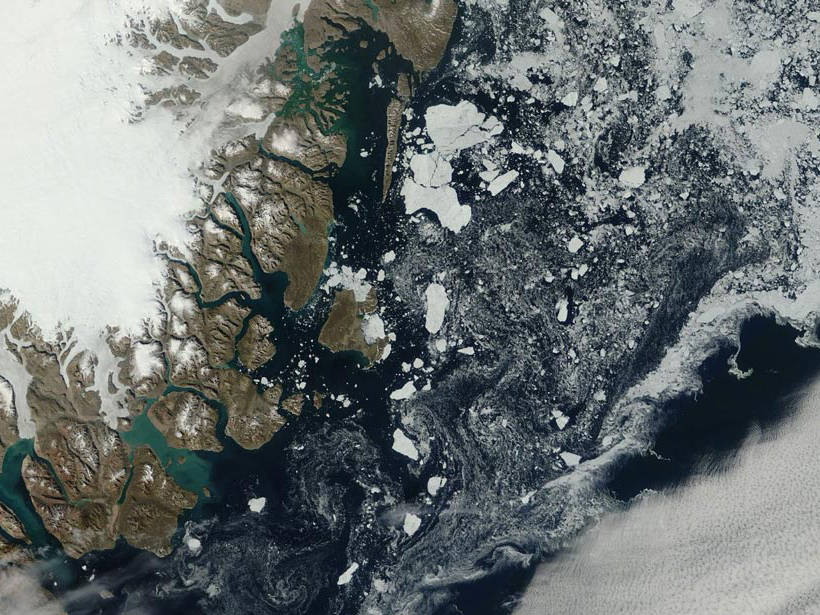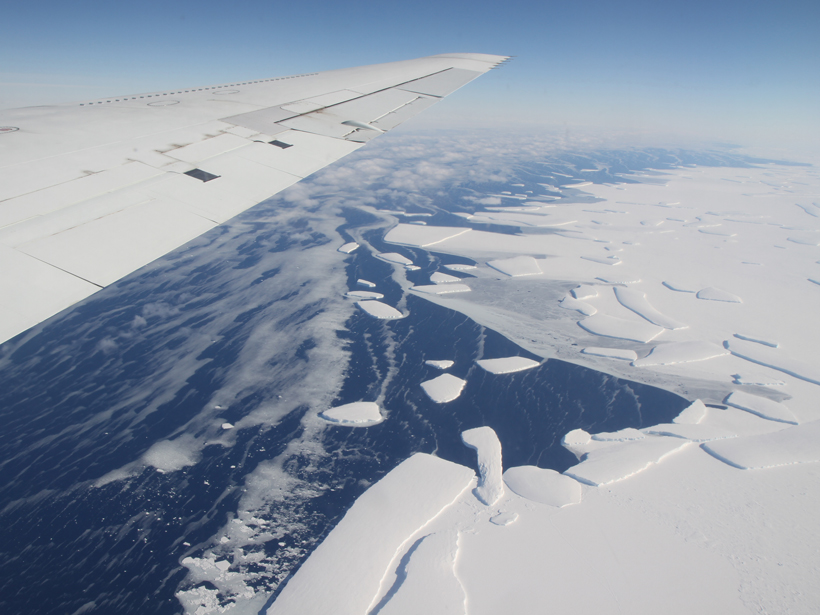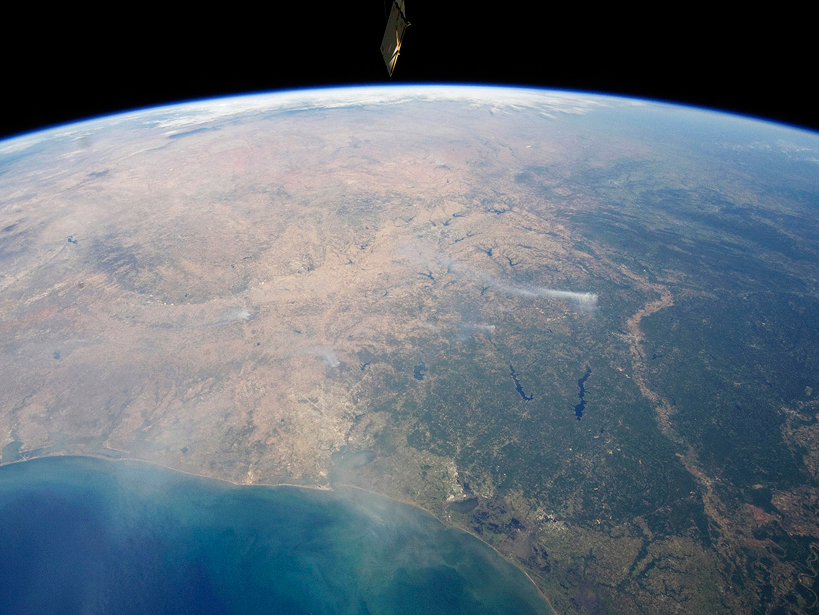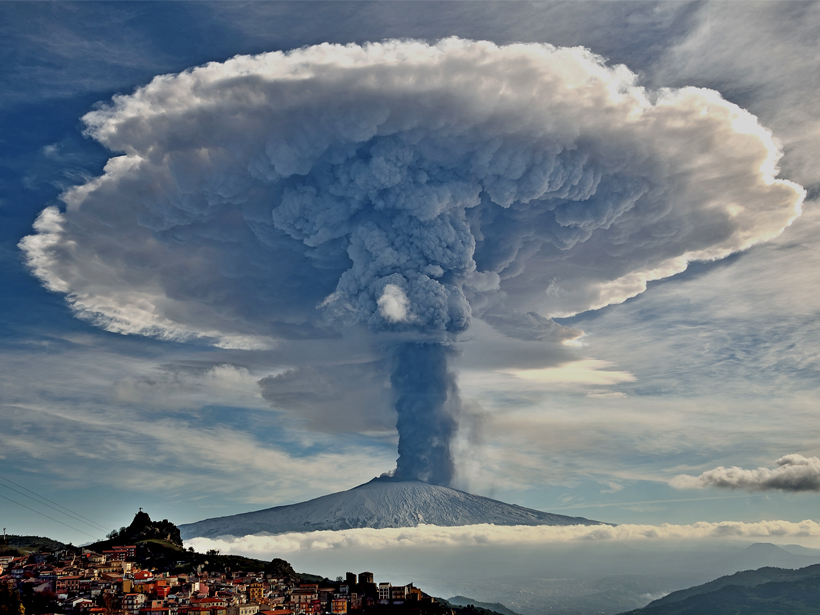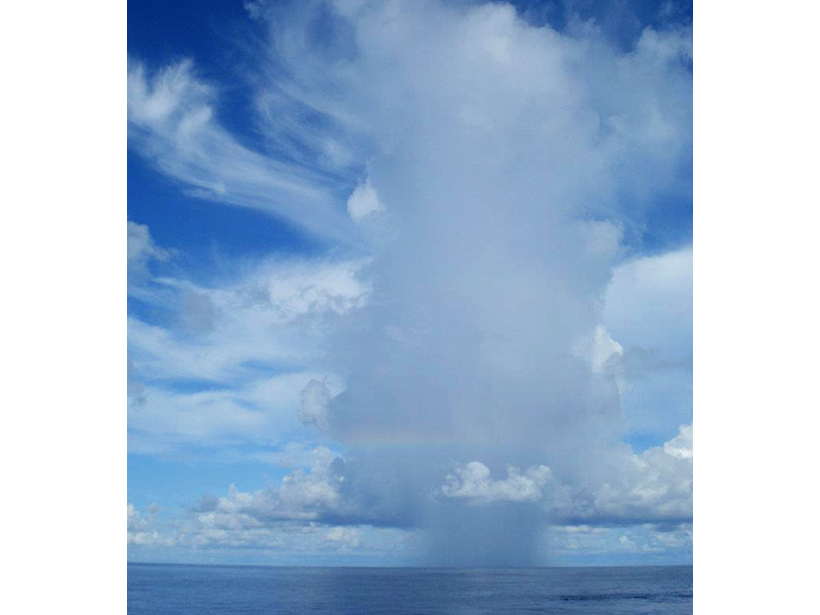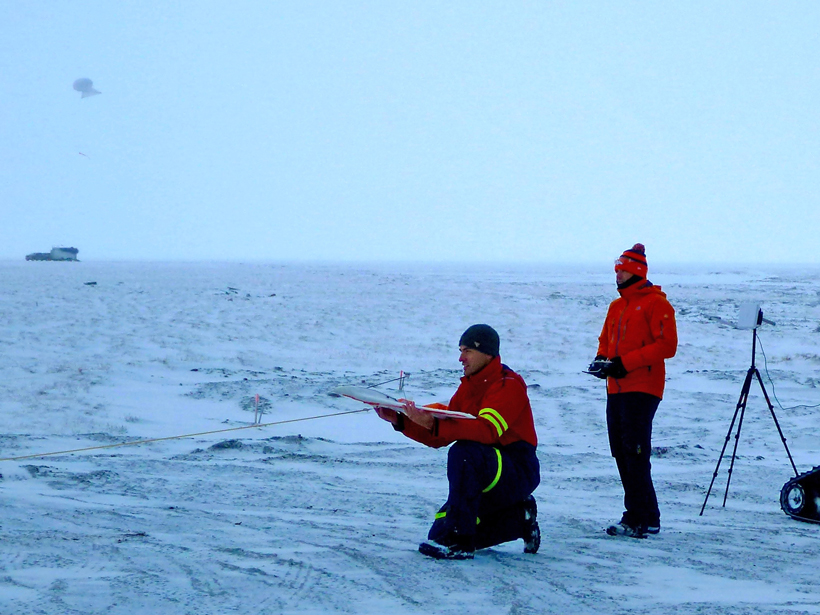AGU Chapman Conference on Magnetospheric Dynamics; Fairbanks, Alaska, 27 September to 2 October 2015
everything atmospheric
Current Carbon Emissions Unprecedented in 66 Million Years
An ancient carbon dioxide release associated with a much hotter Earth than today took place at only a tenth the pace of our present atmospheric carbon buildup, a new study confirms.
Scientists Find the Point of No Return for Antarctic Ice Cap
Varying amounts of glacial debris in a core of ancient sediment show the ice cover grew and shrank until airborne carbon dioxide levels fell below 600 parts per million, spurring steady growth.
Gamma Ray Bursts Leave Their Mark in the Low Ionosphere
Scientists use very low and low-frequency radio signals to detect short gamma ray bursts and their impact on the low ionosphere.
Half of Atmospheric Joule Heating Is Due to Small Oscillations
Scientists use sounding rockets to show that small oscillations in electric fields can be just as important for atmospheric Joule heating as the presence of the electric field itself.
Modeling Weather over Mountainous Terrain
Scientists use high-resolution models to study how the jagged terrain of the Earth's mountains influences precipitation.
Teaching the Integration of Geography and Atmospheric Sciences
Atmospheric scientists spent a decade incorporating geographic information systems into their research and operations. Now it is time to incorporate GIS into atmospheric science education.
Can We Predict How Volcanic Ash Disperses After an Eruption?
Researchers investigate what factors influence how particles from a plume spread following a volcanic eruption.
Radar Study Examines Pulsing Tropical Climate
In the Madden-Julian Oscillation, shear forces caused by air layers slipping and sliding near the equator play a critical role in forming enormous thunderstorms and monsoons.
Unmanned Platforms Monitor the Arctic Atmosphere
In the Arctic, drones and tethered balloons can make crucial atmospheric measurements to provide a unique perspective on an environment particularly vulnerable to climate change.


